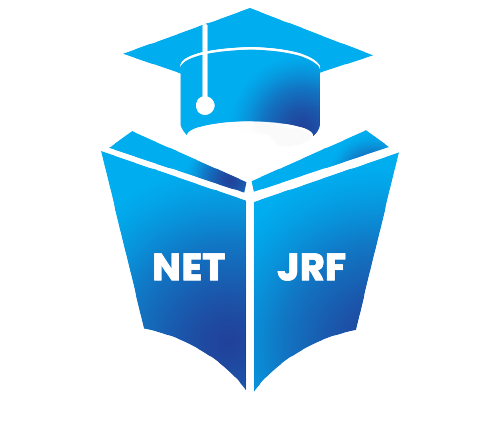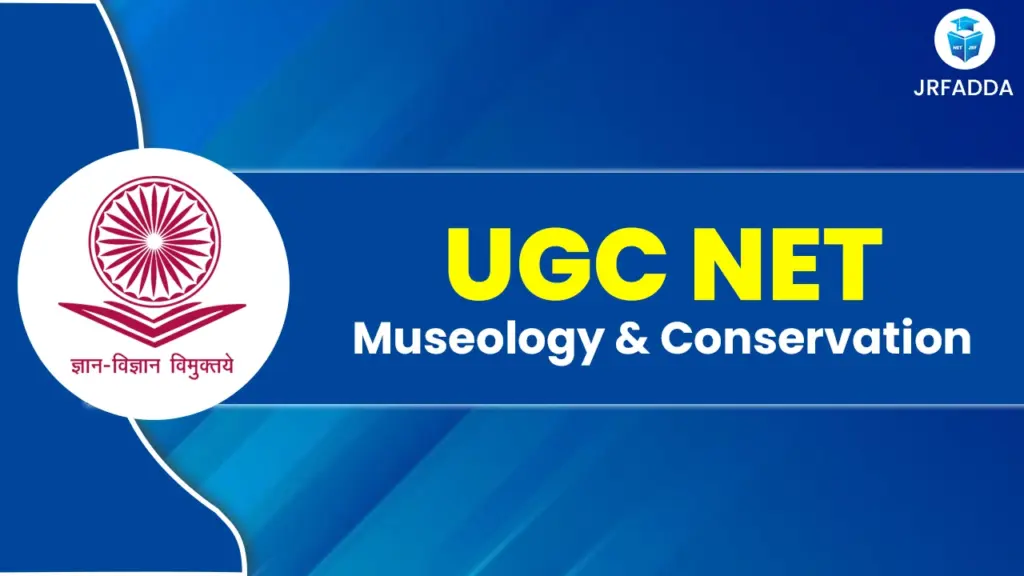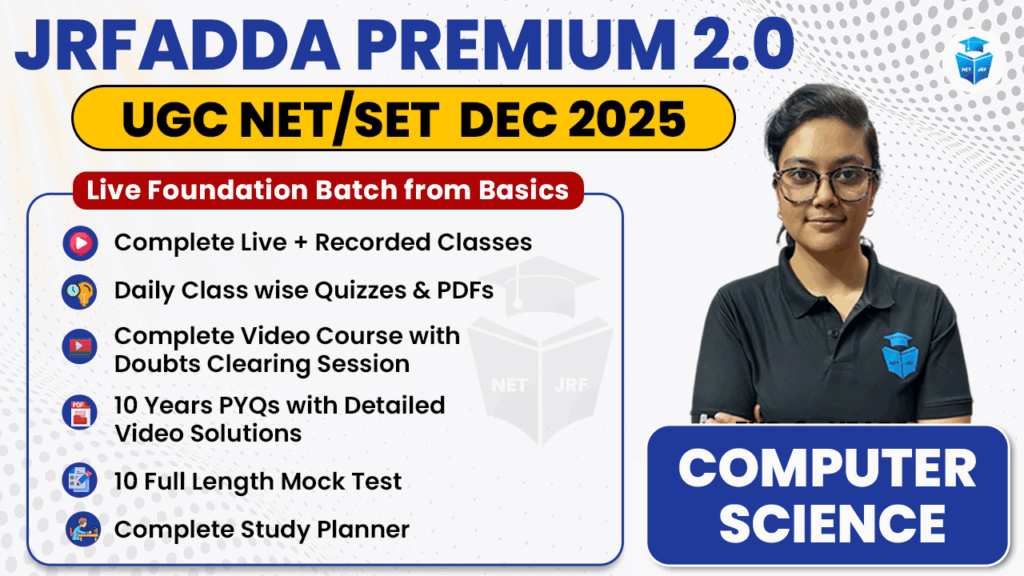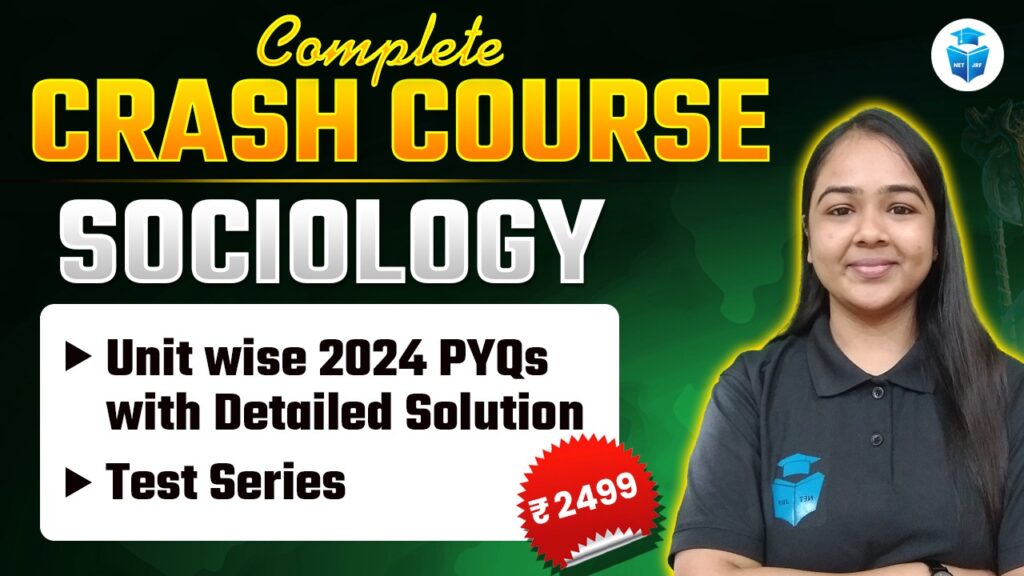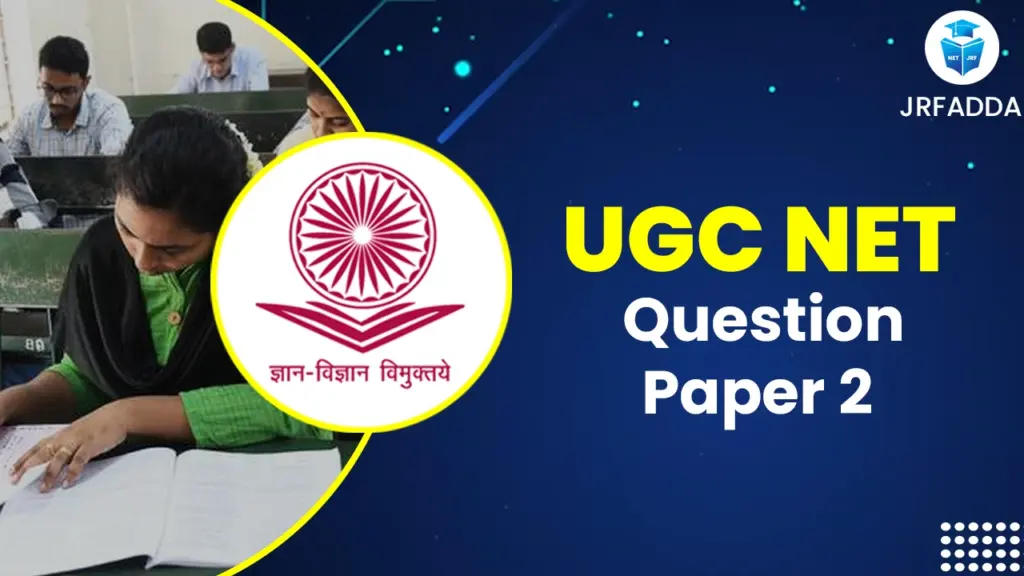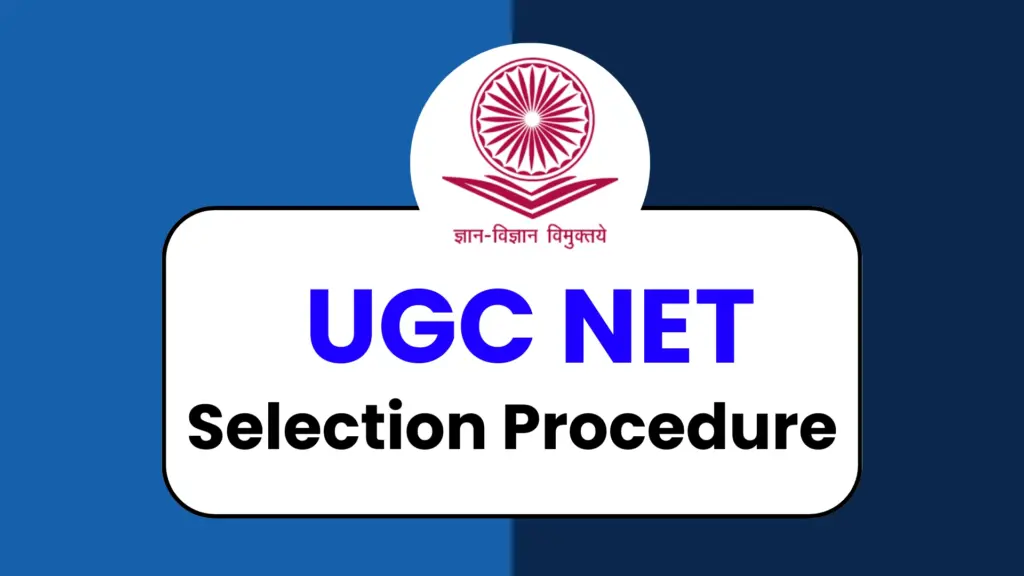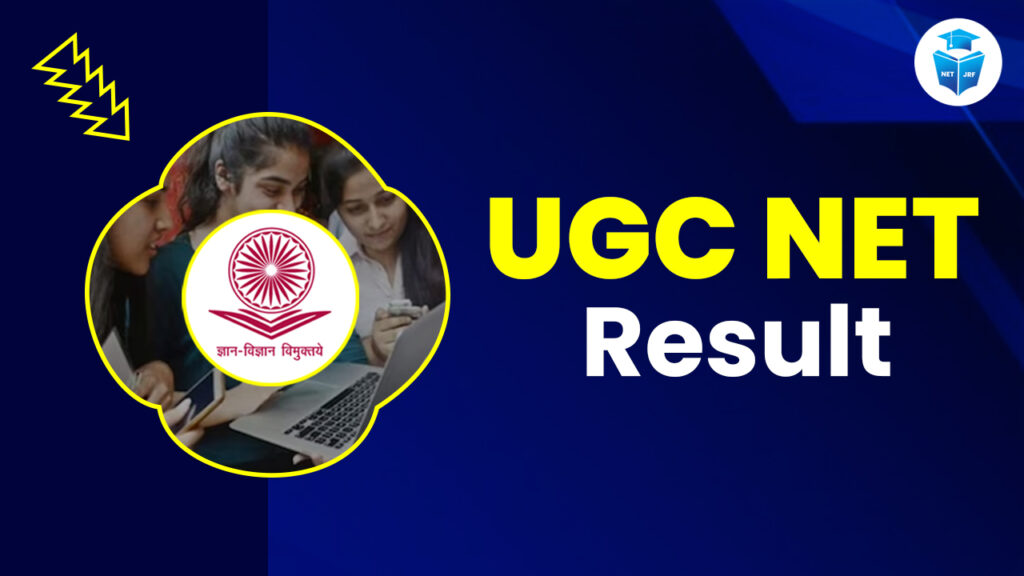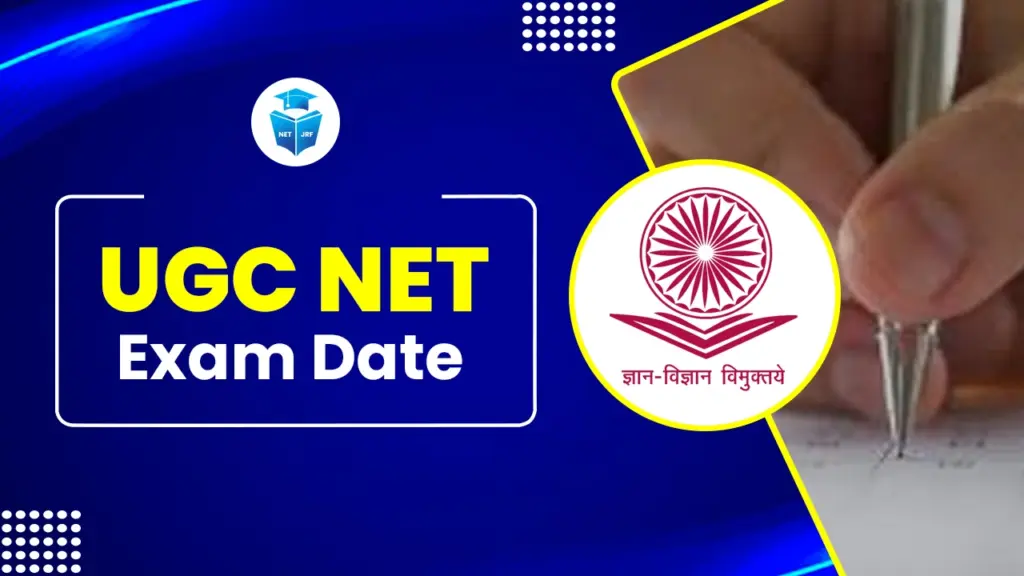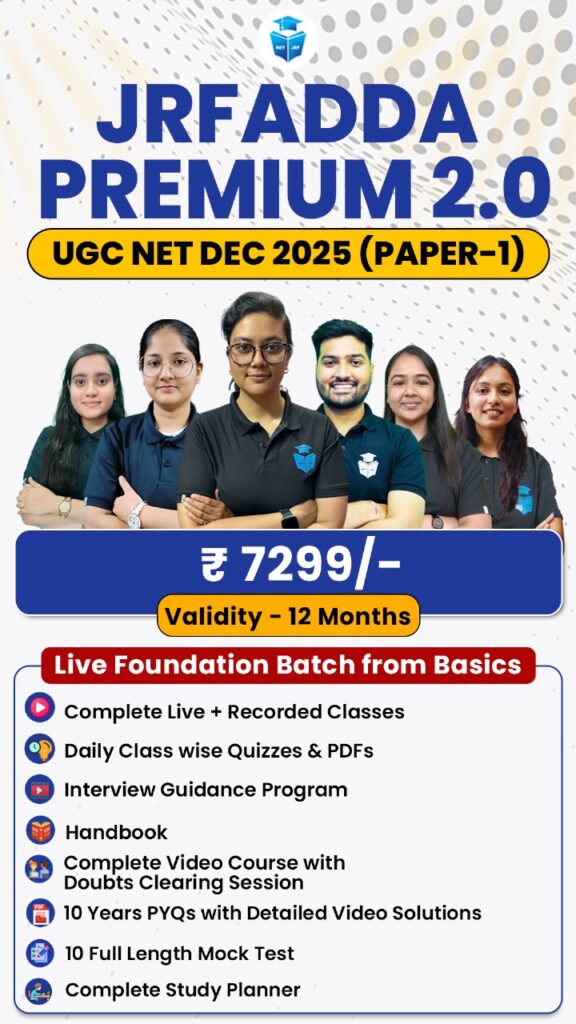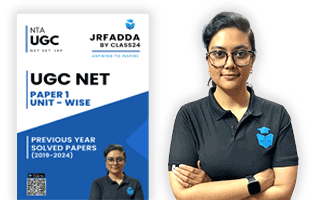The UGC NET Museology & Conservation 2025 exam, conducted by the National Testing Agency (NTA) under the University Grants Commission (UGC), is a national-level eligibility test for candidates aiming to qualify for Assistant Professor roles or earn a Junior Research Fellowship (JRF) in Museology, Conservation, and Heritage Management. The exam is ideal for individuals passionate about cultural preservation, museum education, and conservation science.
Held on June 29, 2025, the exam was conducted in Computer-Based Test (CBT) mode and consisted of two papers – Paper I (General Aptitude) and Paper II (Museology & Conservation). Here’s a detailed breakdown and analysis of the exam, along with key highlights and preparation insights.
What is UGC NET Museology & Conservation?
UGC NET Museology & Conservation is a paper under the Humanities and Social Sciences stream of UGC NET. It evaluates a candidate’s expertise in museum studies, conservation ethics, heritage science, and collection management. This paper is ideal for those who wish to work in academic institutions, museums, conservation laboratories, heritage agencies, and cultural organizations.
The exam not only tests subject knowledge but also fosters research in preservation technologies, historical documentation, audience development, and museographic planning.
Also Read: UGC NET Exam 2025
UGC NET Museology & Conservation 2025 Exam Analysis
The UGC NET Museology & Conservation 2025 exam, held on June 29, was reported to be of moderate difficulty overall. Paper I (General Aptitude) was largely predictable and manageable, featuring standard questions on teaching and research aptitude, data interpretation, logical reasoning, ICT, and environment-related topics. While most sections were straightforward, DI and reasoning required good time management. Paper II (Subject-specific) was moderately challenging, covering a well-balanced mix of theoretical and application-based questions across topics like museum history, collection management, conservation ethics, exhibition planning, and digital curation. Conceptual clarity and awareness of current heritage practices played a key role in navigating the paper effectively.
UGC NET Museology & Conservation 2025 Exam Objectives
- To assess academic proficiency at the postgraduate level in Museology & Conservation.
- To select qualified individuals for teaching roles in Indian universities and colleges.
- To offer JRF for pursuing funded research in museums, conservation techniques, and heritage science.
- To develop a robust workforce skilled in scientific conservation and curatorial practices.
- To contribute to the preservation of tangible and intangible cultural heritage in India.
UGC NET Museology & Conservation 2025 Highlights
| Feature | Details |
| Exam Name | UGC NET Museology & Conservation 2025 |
| Conducting Body | National Testing Agency (NTA) |
| Mode of Exam | Computer-Based Test (CBT) |
| Exam Duration | 3 hours (combined for both papers) |
| Papers | Paper I (General), Paper II (Museology & Conservation) |
| Total Questions | 150 (50 in Paper I, 100 in Paper II) |
| Total Marks | 300 |
| Negative Marking | No |
| Language Options | English & Hindi |
| Official Website | ugcnet.nta.nic.in |
UGC NET Museology & Conservation 2025 Eligibility Criteria
Educational Qualification
- Master’s degree in Museology, Conservation, Archaeology, Art History, or related disciplines from a recognized university.
- Final-year postgraduate students may apply provisionally.
Minimum Marks Required
- General/EWS/OBC-NCL/Third Gender: 55%
- SC/ST/PwD: 50%
Age Limit
- For JRF: Maximum 30 years (relaxation applicable for reserved categories)
- For Assistant Professor: No upper age limit
Also Read: UGC NET Eligibility 2025
UGC NET Museology & Conservation 2025 Exam Pattern
| Paper | Subject | Questions | Marks | Duration |
| Paper I | General Aptitude | 50 | 100 | 3 hours combined |
| Paper II | Museology & Conservation | 100 | 200 | 3 hours combined |
Marking Scheme:
+2 marks for each correct answer; no negative marking.
UGC NET Museology & Conservation 2025 Syllabus
Paper I (General Paper on Teaching & Research Aptitude)
- Teaching Aptitude
- Research Aptitude
- Communication
- Reading Comprehension
- ICT, Logical Reasoning
- People & Environment
- Higher Education System
Paper II (Museology & Conservation)
- Museum Development & History (Global and Indian Context)
- Collection Management and Documentation Techniques
- Preventive and Curative Conservation Methods
- Conservation Ethics and Museum Policies
- Museum Architecture, Design and Lighting
- Exhibition Planning and Visitor Studies
- Cultural Property Protection Laws and Charters (UNESCO, ICOM)
- Scientific Analysis and Material Conservation Techniques
- Education in Museums and Outreach Programs
- Trends in Virtual Museums and Digital Curation
Download Syllabus PDF:
The full syllabus is available for download at the official NTA website under the subject code and syllabus section.
| UGC NET Museology & Conservation 2025 Syllabus PDF Download |
UGC NET Museology & Conservation Previous Year Question Papers
Practicing previous year question papers (PYQs) is crucial for understanding the type and depth of questions asked. It helps in identifying key topics, boosting time management skills, and building confidence.
UGC NET Museology & Conservation PYQ Table
| Year | Download Link |
| 2023 | Click Here |
| 2022 | Click Here |
| 2020 | Click Here |
| 2019 | Click Here |
| 2018 | Click Here |
Career Opportunities After Qualifying UGC NET Museology & Conservation 2025
Clearing the UGC NET Museology & Conservation opens doors in academia, research, museums, and public/private heritage organizations.
Academic & Research Roles
- Assistant Professor in Museology or Conservation
- Research Fellowships (JRF/SRF) in universities and institutes like NMI, IGNCA, or ASI
Museums and Cultural Heritage Institutions
- Curator, Conservator, Collection Manager, Education Officer
- Positions in national/state museums, private galleries, and heritage centers
NGOs & International Bodies
- Work with UNESCO, ICOM, ICCROM, INTACH
- Project-based consultancy on conservation and policy
Private Sector Roles
- Art Conservator for galleries and auction houses
- Heritage Consultant for tourism or infrastructure projects
Preparation Strategy for UGC NET Museology & Conservation
- Understand the Full Syllabus: Especially Paper II, which is subject-specific.
- Choose Quality Resources: Reference books by Philip Ward, ICCROM manuals, ICOM guidelines, and Indian texts on conservation.
- Practice PYQs and Mock Tests: Build speed and accuracy.
- Join Study Groups: Discuss topics, share resources, and clear doubts.
- Stay Updated: Read about recent heritage conservation cases, digital trends in museums, and international heritage debates.
- Revise Consistently: Focus on terminology, theorists, charters, and case studies.
Conclusion
The UGC NET Museology & Conservation 2025 exam is a golden opportunity for individuals dedicated to cultural heritage, conservation science, and museum education. With moderate difficulty and a syllabus aligned to global and Indian heritage practices, the exam tests both knowledge and application. Candidates aiming for JRF or Assistant Professorship should focus on detailed study, regular practice, and keeping abreast of developments in the museum and heritage sectors.
UGC NET Museology & Conservation 2025 FAQs
What is the scope of Museology & Conservation in UGC NET?
This subject offers scope in academia, research, museum curation, and heritage conservation roles across India and abroad.
Can I give this exam if I studied Archaeology?
Yes, if your postgraduate degree aligns with museology, archaeology, or conservation fields, you are eligible.
Is there a separate paper for Museology and Conservation?
No, both are integrated into a single Paper II under UGC NET. The syllabus covers topics from both domains.
What is the benefit of qualifying JRF in this subject?
You can pursue fully-funded MPhil/PhD programs in reputed institutes and work as a Research Fellow.
Where can I find study materials and books?
Refer to ICOM, ICCROM, UNESCO publications, and books by Indian experts in conservation and museology. University syllabi also help.
